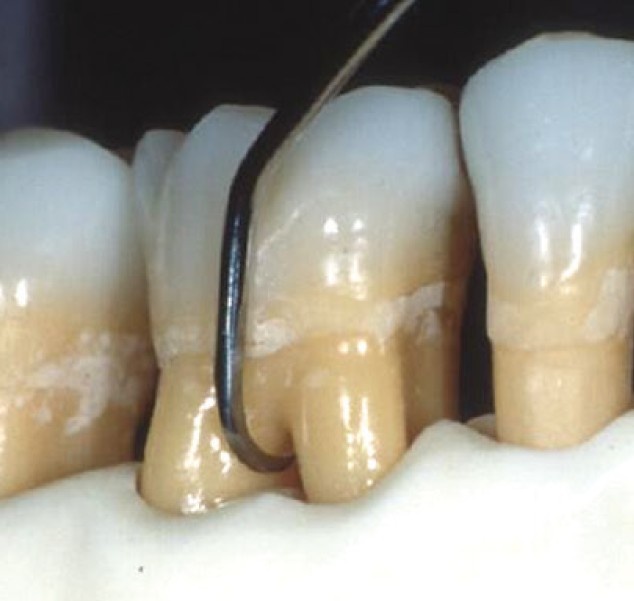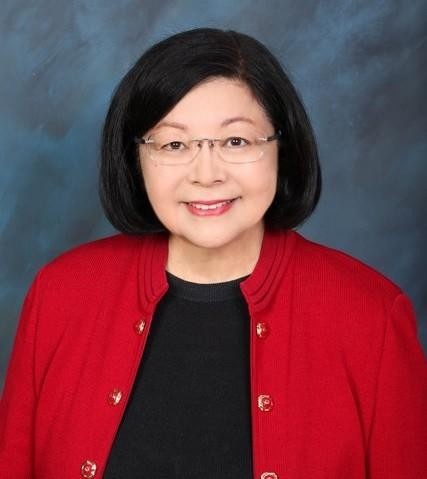
Burnished Calculus:
How to Avoid It, How to Remove It &
2024 Update on Advanced Instrumentation
2024 DATES
Dec 4-10

- 8-hour on-demand webinar
- Watch at your own pace over 7 days
- 8 hours of CE Credit *
Residual burnished calculus is a significant, persistent problem for all clinicians. Detecting and removing tenacious, burnished calculus is one of the most frustrating and challenging tasks we face. Anna Pattison discusses the most common errors that cause burnishing and describes the best instrumentation techniques to avoid this.
This update for dentists and dental hygienists will show you the newest hand instruments and ultrasonic units and tips for patients with moderate to advanced periodontitis and/or implants. Periodontal endoscopy videos will show the effectiveness of various ultrasonic tips and hand instruments on residual, burnished calculus. New Pattison Institute videos will demonstrate alternative fulcrums, new instruments and advanced techniques. The newest titanium mini-bladed hand instruments and smallest titanium ultrasonic tips for implants will be shown along with subgingival air polishing with erythritol and irrigation with antimicrobials.
Speaker
Anna Pattison, RDH, MS received her BS degree in Dental Hygiene from the University of Southern California and her MS in Dental Hygiene from Columbia University. She was an Associate Professor at USC for over forty years, has served as Chair of the Department of Dental Hygiene and is an internationally recognized speaker on Advanced Periodontal Instrumentation. She is co-author of Periodontal Instrumentation and has contributed to the last seven editions of Glickman’s and Carranza’s Clinical Periodontology. She is the former Editor-in-Chief of Dimensions of Dental Hygiene and is currently the Co-Director of the Pattison Institute. In 2005, she received the Pfizer-ADHA Excellence in Dental Hygiene Award, the USC School of Dentistry Alumnus of the Year Award and in 2006 she received the California Society of Periodontists Award. In 2010 she was inducted into the USC School of Dentistry Hall of Fame.

Topics
- Root debridement: what are the latest concepts?
- Residual burnished subgingival calculus
- The influence of the dental endoscope on instrument selection and sequence
- Video comparing hand and ultrasonic instrumentation
- Use of the new Pattison Gracey Lite Curets, Mini Fives™, Micro Mini Fives, Montana Jack and Nevi sickles, diamond-coated files, Quetin furcation curets, titanium implant instruments and other new periodontal instruments
- Comparison of magnetostrictive and piezoelectric ultrasonic units and best tip designs for periodontal and implant scaling.
- New subgingival air polishing technique for periodontal and implant maintenance.
- Efficacy of subgingival irrigation with antimicrobials.
- Innovative extraoral, reinforced, cross arch and opposite arch fulcrums and positions
- NEW videos with detailed close ups of advanced instrumentation showing the most effective techniques for accessing deep, heavy or residual burnished calculus in furcations and deep narrow pockets plus the use of magnetostrictive and piezoelectric ultrasonic tips.
Learning Objectives
- Describe the objectives of periodontal debridement
- Identify the causes of burnished calculus by hand and ultrasonic instrumentation.
- Identify the best hand instruments, beveled ultrasonic tips and techniques for removal of burnished calculus.
- Describe the characteristics of the dental endoscope
- Recognize the design, indications and sequence for use of universal curets, new types of Gracey curets, mini-bladed Gracey curets, new sickles, diamond coated instruments, furcation curets, and various types of implant instruments
- Describe the differences between magnetostrictive and piezoelectric ultrasonic devices and tips for periodontal and implant scaling
- Recognize the indications for new operator positions and extraoral, opposite arch or other alternative fulcrums
- Discuss the efficacy of subgingival air polishing compared to hand and ultrasonic instrumentation of implant surfaces.
* CE credits provided by International Dental Seminars, ADA CERP Accepted National Program Provider
DENTISTS
$285
Click date below to register
HYGIENISTS
$145
Click date below to register
Questions? Email [email protected]

